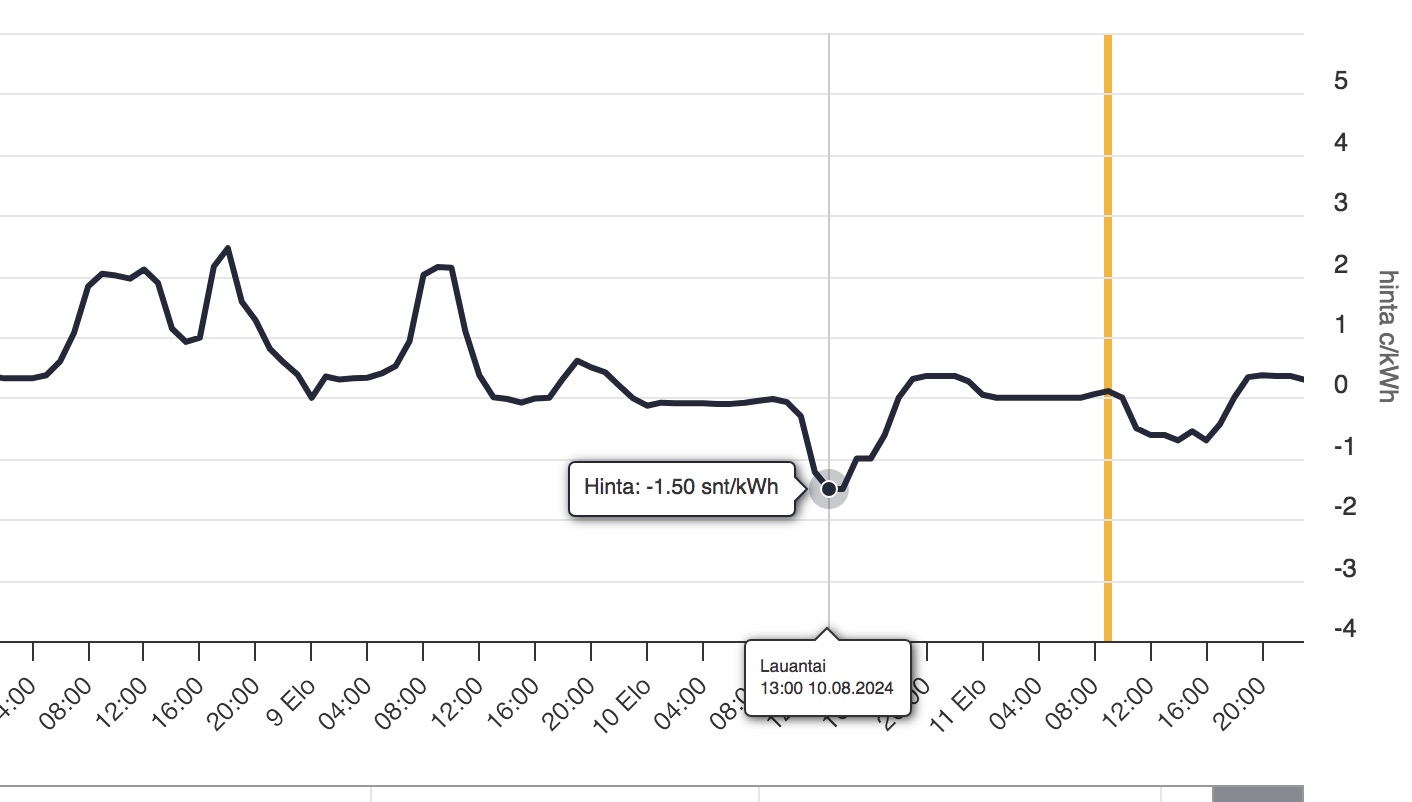this post was submitted on 11 Aug 2024
854 points (99.1% liked)
Mildly Interesting
17149 readers
354 users here now
This is for strictly mildly interesting material. If it's too interesting, it doesn't belong. If it's not interesting, it doesn't belong.
This is obviously an objective criteria, so the mods are always right. Or maybe mildly right? Ahh.. what do we know?
Just post some stuff and don't spam.
founded 1 year ago
MODERATORS
you are viewing a single comment's thread
view the rest of the comments
view the rest of the comments

This is not a good thing. Any time generation has to pay to produce, solar and wind rollouts are slowed.
We need better demand shaping methods, to increase load on grids during periods of excess production, and decrease loads during shortages. We need to stabilize rates at profitable points to maintain growth of green energy projects.
We also need long-term grid storage methods, to reduce seasonal variation. A given solar project will produce more than twice as much power during a long summer day as it will during a short winter day. If we build enough solar to meet our needs during October and March, we will have shortages in November, January, February, and surpluses from April through September. We will need some sort of thermal production capability anyway; hydrogen electrolysis or Fischer-Tropsch synfuel production can soak up that surplus generation capacity and produce green, carbon-free or carbon-neutral, storable fuels for thermal generation and/or the transportation sector.
When I was growing up, my parents house had thermal storage electrical heating. Generally the heat was only “on” at night when electricity was cheap, then we’d control the temperature during the day with circulation fans. I remember it working really well while saving a ton of money.
Where is the thermal storage heating now? I specifically could use a mini-split heat pump, where the head unit is thermal storage, but I don’t see any such thing online
Thermal storage needs to be quite large though, at least with the stone/brick like mass they used back then. And you need to isolate it, otherwise you have no control over the release of that stored heat. I wonder if new materials, maybe something that undergoes phase change in that temperature range, could be a lot more space efficient.
It doesn’t have to be large, or the size is related to the use case. In the house I grew up, they were similar size and shape to standard radiators and worked well through cold winters in upstate NY
Consider a single radiator in a house. You only need storage sufficient to use that radiator for one day. And it doesn’t matter too much if it can’t cover extreme temperatures, as long as it is sufficient to cover peak prices most of the time
I finally found one. Why aren’t there choices like
https://stash.energy/en/